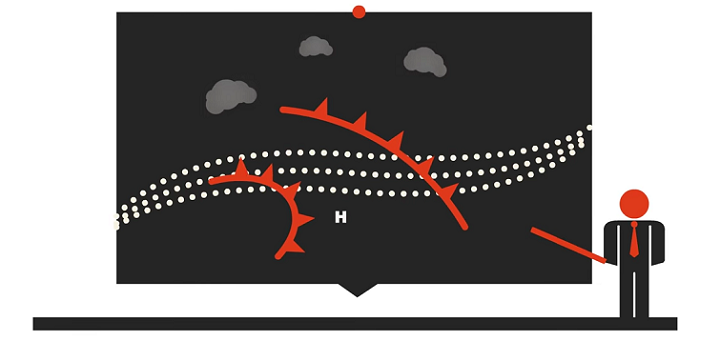As population experts, our job is to understand how demographic change will affect every part of Australia – every state, regions, suburb and city block. We call this our “knowledge of place”.
Our job is to use our knowledge of “place” to answer our client’s strategic questions. So how do you make informed location decisions? We are often approached with questions about where and when organisations should locate their services and facilities or invest in infrastructure. For example, in Australia, we will need to build approximately 1,400 new schools over the next decade to keep pace with growing demand – by 2026, there will be 705,000 more kids in our schools than today.
So, how do you prioritise investment to ensure the right type of schools are situated in the right place, at the right time to meet future demand?
Using a demographic evidence base to make location decisions
While an understanding of big picture demographic trends can help you set your broad strategic direction – for example, growing your market share by building an extra school, store etc., we know that places respond differently to broad demographic trends. The success of these strategies is therefore underpinned by understanding the local context and how these big picture trends will play out in each suburb, neighbourhood or community.
Location analysis is a technique used to discover, assess and specify the optimal placement and timing of an organisation’s people, information, activities, facilities, services, etc. In a previous blog, we discussed the importance of demographics to businesses. Demographics help us to describe and quantify characteristics of a populace such as age, gender, income, or occupation. By analysing demographic information, we are able to identify patterns and drivers of change and quantify demand, both now and in the future. However, this is only the first step to location analysis and planning. At .id, we use a five-step process to help our clients make confident location decisions. This includes:
- Quantifying broad demographic trends as they relate to your industry
- Mapping how these trends will play out locally to identify demand hotspots
- Preparing your business data for geographic analysis
- Mapping your business data to see how well you are located in relation to current and future demand
- Building a visual narrative to communicate your discoveries and bring others on board.
Watch our video outlining the five steps to making confident location decisions to ensure you are investing in the right place, at the right time.
To learn more about how businesses and local governments use demographics to help them make informed location decisions, read their stories here.
.id is a team of demographic and spatial analysts who use a unique combination of online tools and consulting to help organisations decide where and when to locate their facilities and services, to meet the needs of changing populations. You can access our free demographic resources to see how different demographic characteristics play out spatially in different locations across Australia and New Zealand. 








